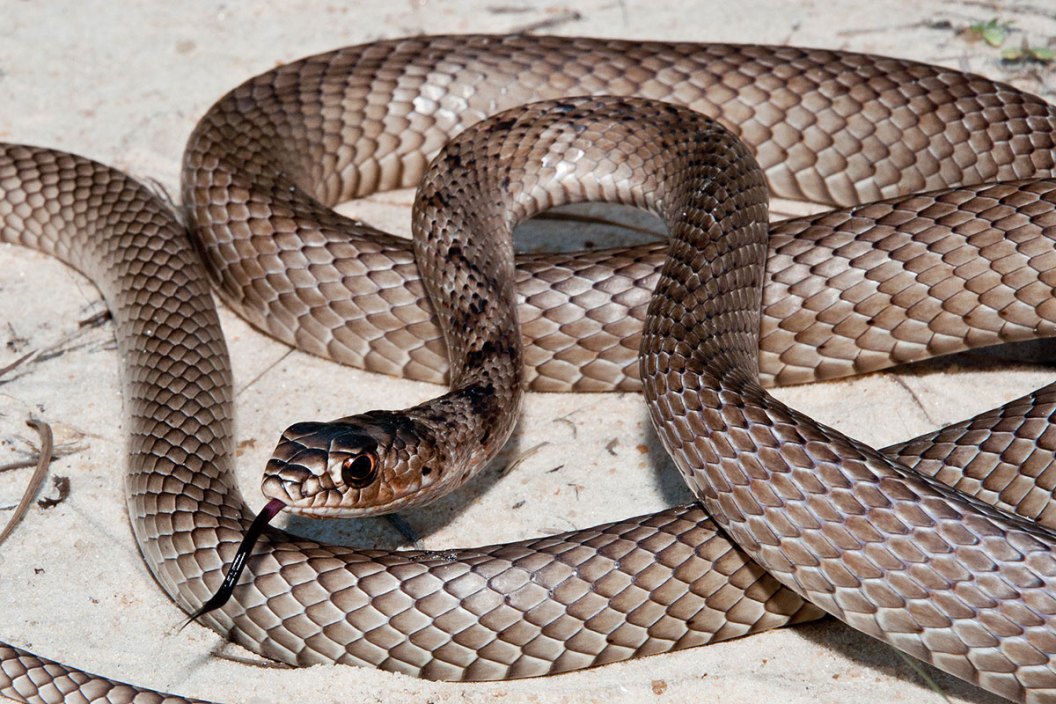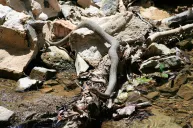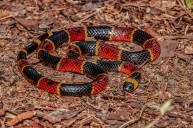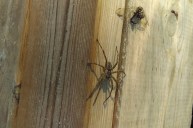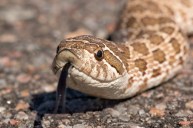The Coachwhip snake is an interesting reptile. Here's all there is to know about this reptile and its life history.
The Coachwhip snake has a unique history as a resident of the southern United States. Coachwhips are a fairly slender but unduly fast snake that can sometimes reach eight feet in length. The coachwhip has a pattern of scales on the tail that resembles a braided whip, giving this species of snake its common name.
It lives and breeds from southeastern North Carolina to central California.
One of the reasons why this reptile loves its southern lifestyle is the fact that it is diurnal, or mostly active during the daylight hours. They are also very much at home during the hottest part of the year; more so than other snakes.
Let's discuss what the Masticophis flagellum is all about, including breaking a couple of myths about the snake. We'll share a little more about their natural history, including what they look like and where they live, with some references from the Savannah River Ecology Laboratory.
Coachwhip Snakes
There are six subspecies of Coachwhip snake in North America including the Eastern Coachwhip, Western Coachwhip, San Joaquin Coachwhip, Sonoran Coachwhip, Red Coachwhip, and the Lined Coachwhip.
Description
Coachwhip snakes have a very thin body and are known for their speed whether in retreat or chasing prey. The coachwhip generally has a black coloration on the head and front part of the body, but becomes lighter towards the rear.
Coachwhips have large eyes, which are well-developed and are red to orange-red in color and prefer to travel with their head up to search for prey.
Juvenile coachwhips are even more slender and almost completely tan with darker bands and white markings around the head and neck.
Geographic Range
Coachwhips are found quite abundantly in the sandhill regions and other portions of the southeastern Coastal Plain. While they thrive in sandhill scrub and coastal dunes, they also prefer habitats with open pine forests, old fields, and even prairie regions.
Coachwhips are found across the south from North Carolina, Georgia, and Florida to California and northern Mexico. They are mainly a terrestrial creature, but they will climb into bushes and trees, particularly if pursued.
One common myth about Coachwhip snakes is that they will actively pursue a person and whip them with their tales: these are a combined myth and a fallacy.
Diet of the Coachwhip Snake
Coachwhips are a non-venomous snake, but they aren't constrictors, either. Their speed and agility gives them the ability to capture their prey and then eat it live. They prefer reptiles and amphibians such as frogs and lizards along with small mammals like mice and other rodents. They also eat other snakes, birds, and a variety of insects.
While the myth of these creatures whipping people is not true, they will often bite repeatedly anyone that tries to capture or handle them, sometimes even shaking their tails in the leaf litter somewhat like a rattlesnake to distract their foe.
More Details on the Coachwhip
Young coachwhips don't have the total length of their adult counterparts, but similar to racers they are extremely fast. Female coachwhips lay anywhere from just a few eggs to as many as two dozen which hatch in the the late summer or early fall. The hatchlings emerge a light brown color with a mottled black and white coloration around their heads.
Coachwhips are curious snakes with keen eyesight, and are sometimes seen raising their heads just above the level of the grass or rocks to see what is around them. If it happens to be a human being, they are usually the first one to retreat.
Looking for a little more or even hot lunch for your hunting blind? Follow my webpage, or on Facebook and YouTube.
NEXT: ALLIGATOR TAKES DOWN AN UNSUSPECTING SNAKE IN MERE SECONDS
WATCH
